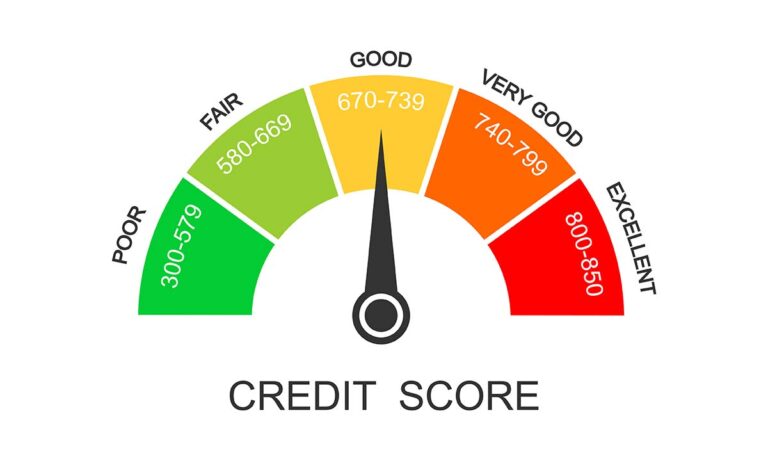Know Before You Owe Disclosure Forms
Under the direction of the Consumer Finance Protection Bureau (CFPB), lenders must give borrowers two important disclosure forms called “Know Before You Owe” to help borrowers understand the loan terms and commitment they are about to make. These forms are designed to help consumers “understand their options, choose the deal that’s best for them, and avoid costly surprises at the closing.”
- The Loan Estimate: This form will be provided to borrowers within three business days after they submit a loan application. It provides a summary of the key loan terms and estimated loan and closing costs. This form can be helpful for borrowers to use to compare the costs and features of different loan programs.
- The Closing Disclosure: Consumers will receive this form three business days before closing on a loan. It replaces the out-dated final Truth in Lending statement and the HUD-1 settlement statement, and provides a detailed accounting of the transaction.
- Comparisons of competing loan offers: The new forms use formatting that clearly breaks down the costs of the loan, such as the interest rate, mortgage insurance costs, and closing costs. As a result, would-be-homebuyers and those refinancing their existing mortgage are better able to distinguish between two different loan offers.
- Shopping for closing costs: Closing costs are the costs of completing a mortgage transaction, including origination fees, appraisal fees, title insurance, taxes, settlement services, inspections, and homeowner’s insurance. Consumers can save money if they shop around for their own service providers for some of these costs. The CFPB forms plainly outline what closing services a consumer will need and which ones they can shop around for.
Avoid Costly Surprises at the Closing Table
Consumers need to be reasonably sure that the mortgage they signed up for is the one they are getting. The CFPB’s rules curtail “bait and switch” tactics, where the terms change at closing, by implementing several consumer protections:
- Easier comparisons of the estimated and final terms of the loan: By making the Loan Estimate and Closing Disclosure very similar in format, consumers are better able to compare their estimate with the final terms of the loan.
- More time to consider choices: By providing the Closing Disclosure three days before closing, consumers can review their final loan terms and costs in an unpressured environment rather
- than at the closing table. This allows consumers time to confirm whether they are getting what they expected. It also gives consumers time to ask questions and negotiate over changes that have occurred. This is especially true for consumers who are refinancing and can more easily delay the closing of the loan.
- Limits on closing cost increases: They restrict circumstances in which consumers can be required to pay more for settlement services than the amount stated on their Loan Estimate. Lenders cannot impose new or higher fees on the final loan unless there is a legitimate reason.
The Consumer Financial Protection Bureau is a federal agency and further information can be found at consumerfinance.gov.




